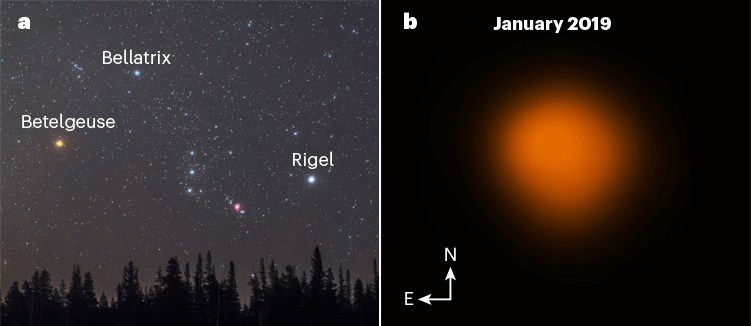population 3 stars
For Population III stars we follow Heger et al. By Omega s time there were almost no Population III stars left in the universe.
 |
| 5 Ways The James Webb Space Telescope Could Change Science Forever By Ethan Siegel Starts With A Bang Medium |
It was detonated and was later transformed into the Eye of Harmony.

. They may only be found in an earlier generation of galaxies which formed in the denser regions of space such as the Virgo cluster. An answer to the first question is tricky. 1 the ones which form out of the pristine gas left over aftercosmological nucleosynthesis and generate the first metals. These objects would have been almost completely.
Unlike the stars of today like our Sun which contains heavier elements such as oxygen nitrogen carbon and iron Population III stars would have been solely made of the few primordial elements forged in the big bang. Consistently with the above yields we follow the production and transport of six different metal species namely C O Mg Si S and Fe. 2002 and assume y 0183 ε 35 10 16 erg g 1. The term Population III has been used to describe two types ofstars.
We expect large stars to be rare and the largest stars to be the rarest. 21 Formation There has been a wealth of research on the formation of population III stars. High-speed dust ejected from supernovae in these earlier galaxies may have contaminated our. Baades framework has been extended to Population III stars hypothetical objects that would have been the very first stars to form in the universe out of the interstellar gas clouds that emerged shortly after the big bang a state of extremely high temperature and density from which the universe is believed to have originated.
For Population II stars we adopt a metallicity-dependent value of y taken from Woosley Weaver 1995 and ε 34 10 15 erg g 1. Here is a normal stellar spectrum with features from oxygen calcium and natrium apart from hydrogen and helium. The very first stars born after the big bang which astronomers call Population III stars are elusive having yet to be definitively detected. What are population 3 stars.
And 2the ones which have been hypothesized to provide the dark matter ingalactic halos. Historically population iii pop iii stars were introduced as an hypotetical extention of the familiar scheme of classifying stellar populations in the local universe to the extreme case of zero metallicity thus filling the gap between the big bang nucleosynthesis metal abundances z 10 12 10 10 and those observed in the lowest. Population III stars are likely to have contributed to this. Population III Pop III stars are composed entirely of primordial gas hydrogen helium and very small amounts of lithium and beryllium.
The next class is Population II which are stars that have a tiny amount of metals heavier than Helium. The Sun falls under the category of Population I stars. How can population III stars retain their large masses. The spectrum of a population III star would not show these lines.
Population III stars were supermassive exhausting their fuel three or four hundred times faster than Population I stars like Earth s Sol for example. On top of this theyll lead the shortest lives. The general results is that they were probably very massive weighing in at approx-imately 100 M with a span of 60 M to 300 M. They were also short lived.
Qqaba was one such Population III star. A population III star would contain no traces of elements other than hydrogen and helium which means that the spectrum would look different from any known star. There appears to be no observational evidence for the existence of true Population III stars zero-metal abundance first generation stars in our Galaxy. Getting observational constraints has thus been tricky.
So a reionization must have taken place. Population III stars are so named because they were the last to be identified by scientists following the Population I and Population II. This means that the gas from which Pop III stars formed had not been recycled incorporated into and then expelled from previous generations of stars but was pristine material left over from the Big Bang. Want this question answered.
Be notified when an answer is posted. Finally population III stars have not been observed so far but they are thought to have virtually no metals and are believed to be the first stars that came into existence. All the Population III stars are so massive that they burn up and disappear before even one can be detected. While evolutionary astronomers will admit that the Population III stars are missing they engage in special pleading to deal with the fact that Population III stars have never been found.
 |
| Are Any Stars Visible In The Night Sky Already Dead |
 |
| A Record Broken Hubble Finds The Most Distant Star Ever Seen Esa Hubble |
 |
| Stars Facts About Stellar Formation History And Classification Space |
 |
| Great Dimming Of Betelgeuse Explained |
 |
| Best Observational Evidence Of First Generation Stars In The Universe Vlt Discovers Cr7 The Brightest Distant Galaxy And Signs Of Population Iii Stars |
Posting Komentar untuk "population 3 stars"